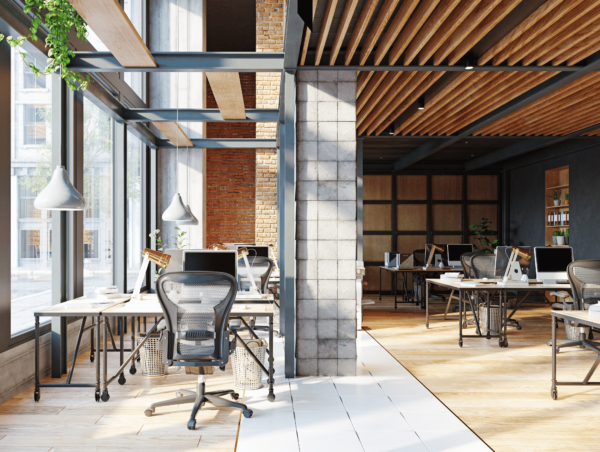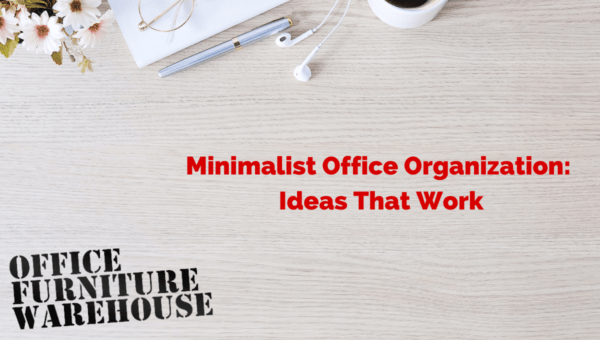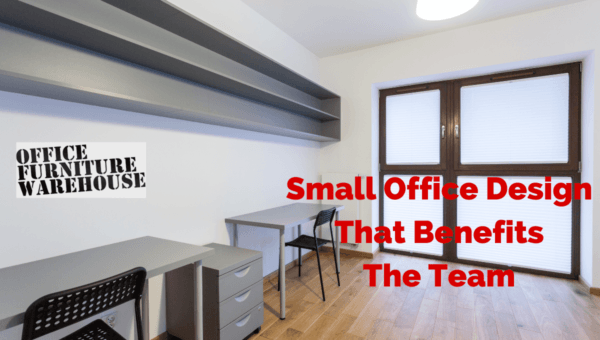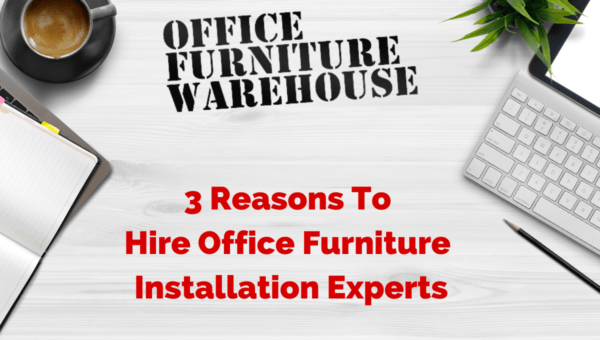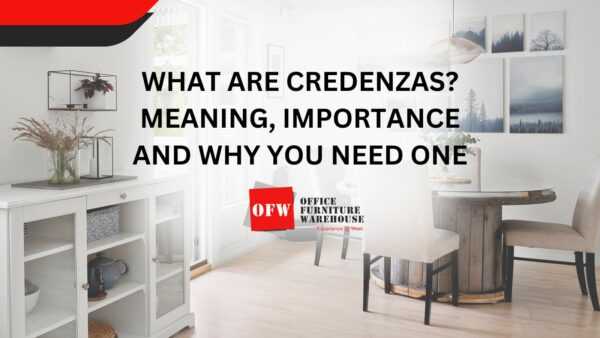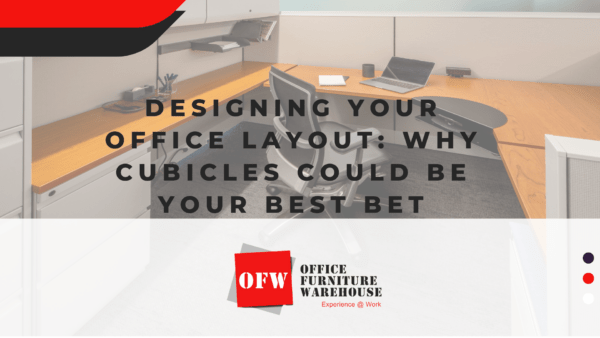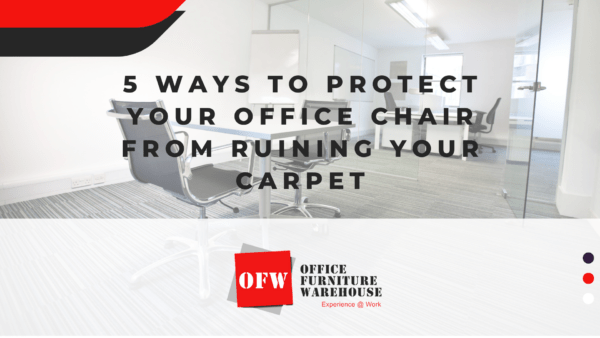The Art of Office Aesthetics: How to Choose Furniture that Reflects Your Brand
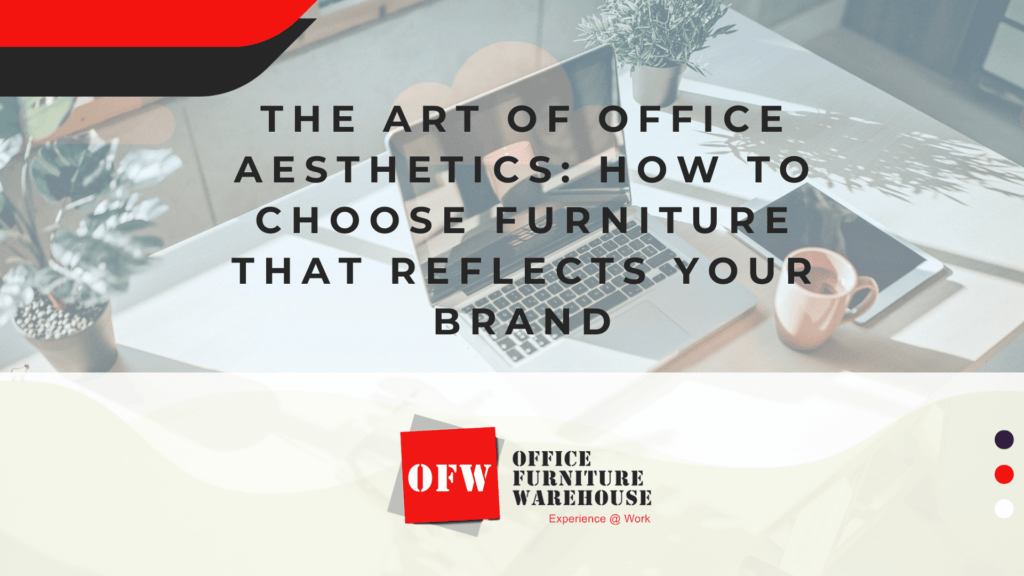
Every brand, whether a budding startup or a well-established business, carries a unique identity. This identity isn’t just conveyed through marketing campaigns or client interactions but also in the physical spaces the brand occupies. Choosing office furniture that aligns with this identity can create an environment that resonates with employees and impresses visitors. Let’s explore a tried and true method to ensure your furniture selections match your brand persona. Good design begins with understanding your brand while also catering to your employee’s needs.
Understanding Your Brand
In essence, understanding your brand isn’t just about recognizing your business’s mission and values but translating those aspects into tangible, physical elements within your workspace. The right furniture doesn’t just fill a room – it tells your brand’s story. Here are some key ways to understand your brand:
- Values: What does your brand stand for? If sustainability is a core value, consider eco-friendly furniture made from recycled materials or sourced from sustainable forests. If innovation is key, opt for modern designs and modular setups.
- Tone: Is your brand formal and sophisticated or relaxed and casual? A tech startup might lean towards open spaces and vibrant colors, while a law firm might prioritize classic designs and muted tones.
- Message: What message do you want to convey? If collaboration is central, integrate communal tables and open seating areas. If focus and privacy are essential, opt for cabins or dividers.
- Aligning Workspace with Brand Personality: It’s not just about buying furniture; it’s about curating a space that becomes a physical extension of your brand’s voice. For instance, playfulness: Brands that want to emphasize creativity can opt for unconventional furniture designs, quirky accessories, and a mix of bright colors. Trustworthiness is another good example – firms that rely heavily on client trust, like financial institutions, might lean towards robust and timeless furniture pieces that emanate reliability.
- Involving Employees in the Decision: After all, they’re the ones who will interact with the furniture daily. Their insights can provide valuable feedback on practicality while ensuring the chosen items resonate with the company’s ethos.
The Role of Color in Branding
Color plays an important role in our psychological response to an environment. In branding, color is not merely a design choice; it’s a communication tool. By integrating brand colors into your office furniture and decor, you not only reinforce brand identity but also influence the ambiance and mood of the space.
Selecting Colors that Resonate with Your Brand:
- Consistency is Key: If your brand logo is navy blue and white, having an office dominated by neon colors might create dissonance. Ensure that your primary brand colors are well-represented.
- Consider Accent Colors: These can be secondary brand colors or hues that complement the primary colors. Use them for furniture accents, like chair cushions, desk accessories, or wall art.
- Balance is Crucial: While it’s essential to integrate brand colors, it’s equally important to ensure the overall aesthetic is pleasing and not overwhelming. Neutral tones can balance brighter brand colors, ensuring the space feels welcoming.
Practical Aspects to Consider:
- Lighting: Natural and artificial light can alter the appearance of colors. Test furniture samples in the office’s actual lighting before finalizing.
- Maintenance: Light-colored furniture, while aesthetically pleasing, might show stains or wear more easily. Consider your office’s activity level when selecting colors.
- Flexibility: If rebranding is a future possibility, opt for furniture in neutral colors with interchangeable accents that can be easily updated.
Materials Matter
Material choice is more than just about durability; it’s a visual and tactile representation of your brand’s style and values. Different materials convey various messages and contribute uniquely to the overall aesthetics of your office space.
Wood:
-
- Feel & Aesthetics: Traditional, warm, and classic. Wooden furniture can bring an organic, grounded feel to your office.
- Message Conveyed: Stability, timelessness, and authenticity. Think of prestigious law firms or established publishing houses.
- Varieties: From dark mahoganies to light pines, the type of wood and finish can fine-tune the vibe you’re aiming for.
Glass:
-
- Feel & Aesthetics: Modern, clean, and transparent. Glass tables or desks can add a touch of elegance and make spaces feel more open.
- Message Conveyed: Transparency, innovation, and clarity. Ideal for contemporary businesses and tech companies.
- Combination: Often paired with metal or wood for structural support, offering a blend of materials for diverse visual interest.
Metal:
-
- Feel & Aesthetics: Sleek, industrial, and minimalist. Metal, especially in matte finishes, can bring a contemporary edge.
- Message Conveyed: Strength, forward-thinking, and efficiency. Think startups or design studios seeking a modern touch.
- Flexibility: Metals like steel or aluminum can be molded into various forms, from sturdy frames to intricate designs.
Considerations for Material Selection:
-
- Maintenance: Wood might require periodic polishing to maintain its luster, while glass needs regular cleaning to prevent smudges.
- Durability: Consider the daily wear and tear. For high-traffic areas, opt for materials known for durability.
- Sustainability: For brands emphasizing eco-friendliness, consider materials sourced sustainably or furniture crafted from recycled components.
Office Layout and Design Flow
The way you arrange your office space speaks volumes about your brand’s operational philosophy. It’s not just about placing furniture; it’s about fostering environments tailored for specific tasks and interactions.
Open vs. Closed Spaces:
- Open Layout: Encourages collaboration, communication, and camaraderie. Perfect for businesses that thrive on teamwork and spontaneity.
- Closed Layout: Prioritizes privacy, focus, and individual tasks. Essential for businesses dealing with confidential information or requiring deep concentration.
Furniture Arrangement:
- Collaboration Zones: Equip these areas with modular seating and mobile desks to facilitate group discussions and brainstorming.
- Individual Workspaces: Ensure they are ergonomically sound and free from unnecessary distractions.
- Focal Points: Whether it’s a statement art piece or an architectural marvel, having a focal point can break monotony and ignite inspiration.
Ready To Style Your Office?
Every great idea, every pivotal decision, and every impactful presentation starts somewhere. Let it start in an office space that embodies your company’s spirit and ambition. Think of an office space as a canvas where you can paint your organizational dreams and values. The right aesthetics from furniture and decor not only uplifts the spirit but also represents your brand’s ethos and represents who you are as a business.
At Office Furniture Warehouse, we’re not just offering furniture; we’re offering a foundation for your next big breakthrough.Visit our store or explore our website to discover a range of conference tables that cater to every style, need, and budget. Let’s shape the future of your meetings together.

